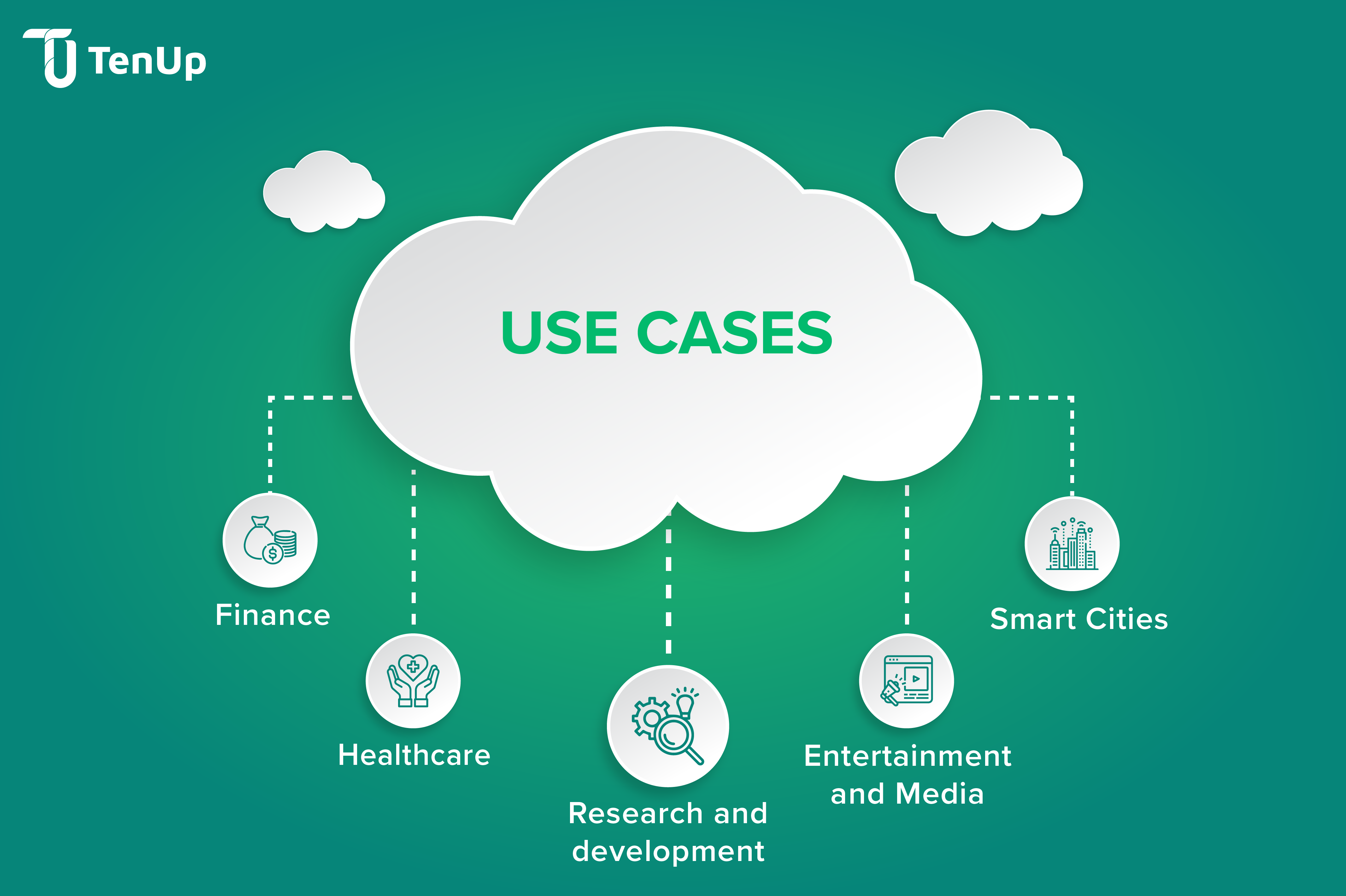#Supercloud#CloudComputing#MultiCloud
Cloud Automation, cloud computing, cloud-native, hybrid cloud or multi-cloud, are terms that have become a part of our parlance. But have you heard about Superclouds? The term Supercloud was first coined in 2016 by a research group at Cornell University to “define a style of cloud architecture that addresses the issue of multi-cloud management through the creation of a new cloud abstraction layer.” The idea is that the abstraction layer manages the underlying services of hyper scale clouds across providers without relying on factors like inter-cloud compatibility or data location. Supercloud, often called Metacloud, is an innovation that represents a paradigm shift in cloud computing where multiple cloud platforms are managed as a single unified entity.


While multi-cloud is necessary and has significant advantages such as avoiding vendor lock-in, access to best-of-breed cloud services, and integration flexibility with multiple business partners, it has its own set of challenges.
The idea of maintaining on-premises data centers simultaneously, migrating to one public cloud, and adding to the redundancy, adding two or more additional clouds on top of this cloud cluster sounds like a recipe for disaster.
Supercloud is the next step in this journey. It is a value-added layer across multi-cloud that hides complexity, enables differentiated service capabilities and adds new business networks beyond the massive puzzle of existing public and private clouds.
The Supercloud is a new abstraction layer that has the potential to break down barriers between clouds and bring in an era of unprecedented flexibility and choice. How does it do that?
Supercloud avoids vendor lock-in by empowering organizations to choose the best services, prices, vendors and regions regardless of whether they are on AWS, Azure, Google Cloud or elsewhere.
Since the supercould is not one, centralized cloud but an orchestration layer that connects resources across multiple public, private and cloud environments, it provides a unified fabric for cloud computing.
Supercloud enables teams to reduce the complexity associated with multi-cloud infrastructure management, deployment, operations, and governance.
With advantages such as real-time processing, latency reduction, availability, scalability, application portability, content optimization and flexibility, superclouds have far reaching capabilities across domains and industries, including:

High-frequency trading algorithms can benefit from Supercloud’s speed and agility to implement trades at minimum latency providing a competitive edge in dynamic markets.
In healthcare, providers can use supercloud for precision medicine, imaging analysis, and predictive analytics to improve patient outcomes and overall efficiency.
Simulations and analysis powered by the supercloud can enable breakthroughs in domains like climate modeling, drug discovery, and genomics, accelerating scientific progress.
Supercloud’s computational abilities can improve user engagement and retention on streaming platforms, enabling personalized content and immersive experiences.
Urban environments can use supercloud for traffic management, energy optimization, and public safety applications, leading to more sustainable and livable cities.
One key use case of Supercloud is its ability to manage and optimize resources across multiple cloud platforms. By providing a unified infrastructure, it helps organizations gain better visibility into cloud resource usage, which can prevent inefficiencies and unexpected costs. For more on how to proactively manage cloud expenses, check out our blog on Proactive Measures to Prevent Overbilling in Cloud-based Services.
Cisco Metacloud exemplifies the supercloud principles combining the benefits of public and private cloud into a unified system. It offers enterprise-level private cloud infrastructure using OpenStack framework to help organizations manage their resources and apps using a single platform. It helps expand the potential of on-premises private clouds by integrating them with public cloud resources and services, optimizing resource allocation and workload management.
This is a metacloud solution that offers real-time monitoring and cloud optimization across multiple clouds including AWS, Azure, Google Cloud etc. It offers visibility into usage, governance tools, and automation. Additionally, it helps in intelligent workload placement, capacity planning and benchmarking.
CloudBolt provides a unified interface for provisioning and orchestration of resources across multiple cloud environments. CloudBot helps manage resources, permissions, track spending and abstracts the complexities of multi-cloud management. Its key features include automation of resource allocation, configuration, streamlining of IT processes and empowering faster, more agile deployment models.
Morpheus Data Cloud is a cloud management platform that helps businesses to handle their hybrid, private and cloud environments with ease. With features like unified self service, orchestration and automation, lifecycle management, governance and policy enforcement, cost analytics and optimization, it has emerged as a powerful supercloud solution.
Snowflake is a cross-cloud data platform that allows companies to store, share, and analyze data regardless of the underlying cloud infrastructure. It enables easy data exchange between companies without requiring complex data movement.
Databricks is built on a multi-cloud foundation and provides data analytics and AI services with the flexibility to run on AWS, Azure or Google Cloud.
An increasing number of companies have initiatives that are pushing the boundaries of cloud technologies and exemplifying the core components of a supercloud solution in terms of advanced capabilities and innovative solutions:
Supercloud simplifies the management of cloud across hybrid, private and public clouds offering a single control plane across multiple providers and on-premises infrastructure. This simplifies the operations and reduces the complexity associated with enterprise cloud management. Additionally, organizations are free to choose the best cloud services or pricing models for specific workloads. Workloads can be intelligently placed depending on factors such as performance, compliance, cost or geographic needs leading to optimal results.
One of the key advantages of the supercloud is that it leverages a distributed network of data centers globally. This brings computation and data closer to users, reducing latency and improving performance. Additionally, supercloud has bursting capabilities, handling unexpected spikes by scaling resources across cloud providers. The robust, low-latency connectivity between multiple providers and on-prem resources also empowers complex, distributed applications.
Supercloud also offers early access to emerging technology, AI tools, specialized hardware and the latest cloud services. This ease of deploying across multiple vendors enables a culture of experimentation, accelerating innovation and agility. Moreover, IT teams are freed up from managing the complexities of the enterprise cloud, renewing their focus on strategic and value-added initiatives.
However, supercloud is still a new concept and it is important to remember that it comes with the following set of concerns:
The supercloud represents a natural evolution for organizations that are becoming increasingly multi-cloud by choice or necessity. It's not about replacing cloud providers but empowering IT teams to leverage the strengths of each while mitigating downsides. We, at TenUp, have the capabilities and experience to resolve your cloud-based woes. We provide a comprehensive suite of Cloud Solutions including services from cloud application development to cloud data engineering. Our team can discuss your next cloud project and provide personalized recommendations. Book an appointment today!